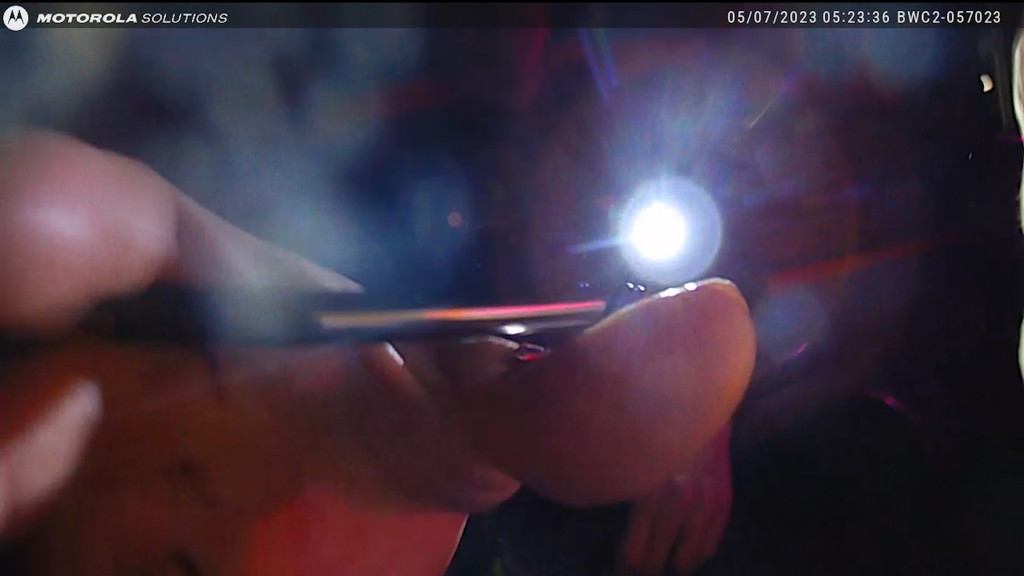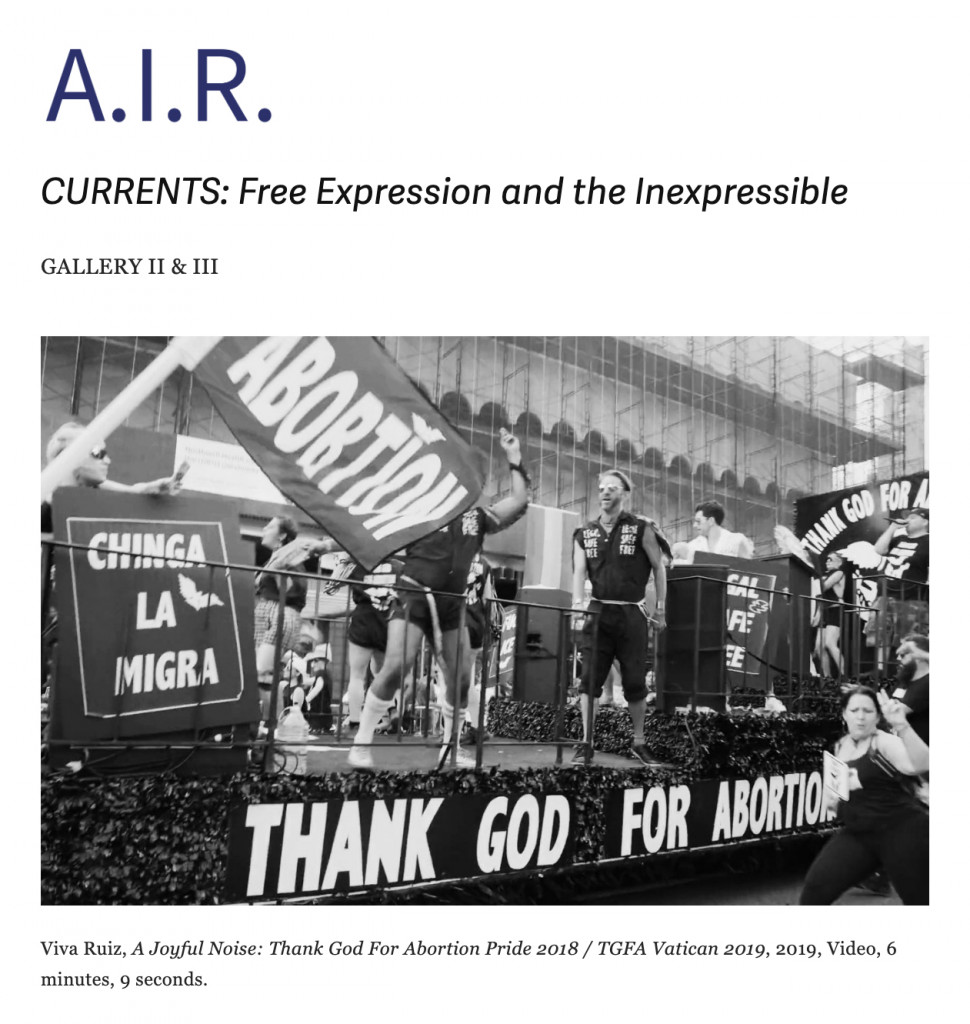Max Bowens and Valerie Werder’s film installation featured in Free Speech and the Inexpressible at A.I.R. Gallery

Congratulations to FSC fellow Max Bowens and Valerie Werder whose work will be featured in Free Speech and the Inexpressible at A.I.R. Gallery from January 6 – February 5, 2024. Max and Valerie’s video is a part of a larger body of collaborative work that mines a legal archive of police bodycam footage from the Midwest U.S. to interrogate the insidious interplay of transparency and privacy therein. The exhibition’s opening reception will be on Saturday, January 6 from 6:00–8:00 p.m. at A.I.R. in Brooklyn.
A.I.R. Gallery is pleased to announce Free Expression and the Inexpressible, the eighth edition of CURRENTS, a biennial open call exhibition series in which artists respond to current topics. Curated by artist and theorist Aliza Shvarts, the 2024 iteration of the series addresses how artists navigate the paradoxes and promises implied by the idea of “freedom of expression.”
“Freedom of expression” is a principle and right that is meant to protect the voices of the disempowered. Crucially, it promises to safeguard our capacity to speak truth, critique systems of power, and demand a better world. Yet free expression has never been a right without exception, or even a right enforced and distributed equally. At times, the freedom of expression of some comes at the silencing of others—particularly women, queer people, people of color, indigenous people, and people with disabilities. In these instances, “freedom” can be an alibi for reinforcing domination: a term invoked to defend hate speech and otherwise disavow language’s violent effects.
We are living through a dramatic repolarization of the cultural debates over the meaning of free expression. Between the alarming rise in book bans, attacks on academic freedom, and legislation such as Florida’s “Don’t Say Gay” law, there has been an unprecedented escalation in censorship and dismantling of First Amendment protections. At the same time, cancel culture, misinformation, and deep fakes have prompted us to reconsider the social responsibility that comes with freedom, while the advent of AI-generated text and images adds further dimension to the age-old question of what it means to “express.” How in this moment do we navigate the paradox and promise of freedom of expression as an alternately liberatory, retaliatory, and mutable idea?
Free Expression and the Inexpressible brings together eighteen contemporary artists staging connections between the personal and political dimensions of expression and inexpressibility. Through strategies that range from the discursive and polemical to the affective and abstract, they interrogate the edges of this freedom, mine its history, and posit new ways of thinking about what we can and cannot express. The artworks in Free Expression and the Inexpressible not only frame a deeply rooted and ongoing crisis, but also participate in an equally long legacy of resistance, imagination, and transformation. As visual, experiential, and affective provocations, they offer a vision of freedom in an unfree world, and new precedents for how we might make choices in conditions not of our choosing.


